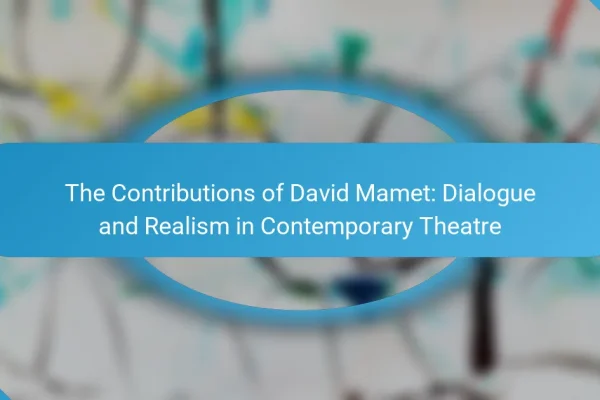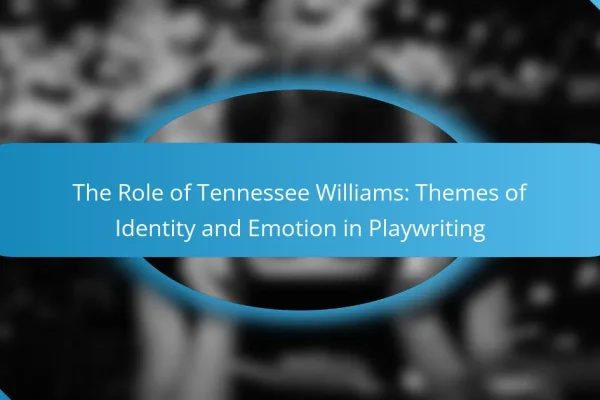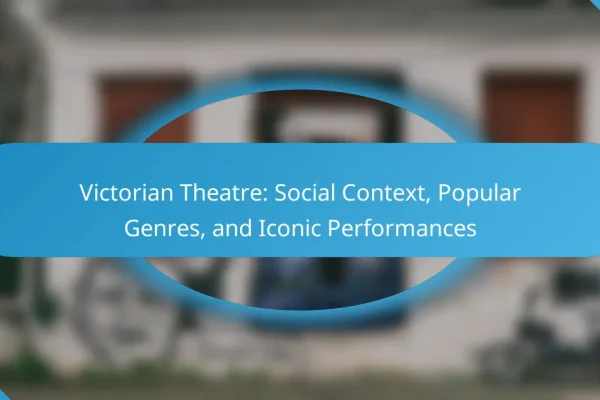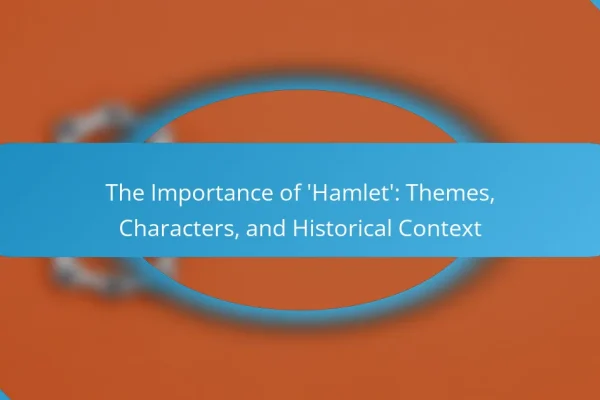
The Contributions of David Mamet: Dialogue and Realism in Contemporary Theatre
David Mamet is a pivotal figure in contemporary theatre, renowned for his distinctive use of dialogue and exploration of realism. His writing features sharp, fragmented speech patterns that mirror authentic conversation, significantly influencing playwrights and screenwriters. Mamet’s works, such as “Glengarry Glen Ross” and “American Buffalo,” examine themes of power, manipulation, and the complexities of…





